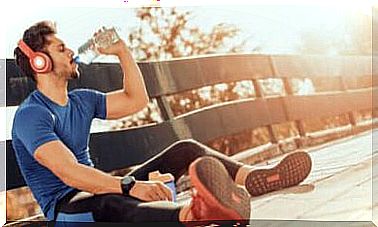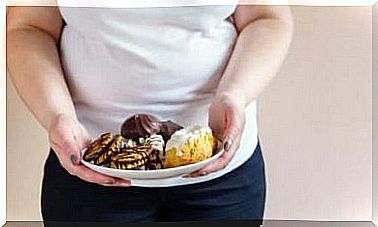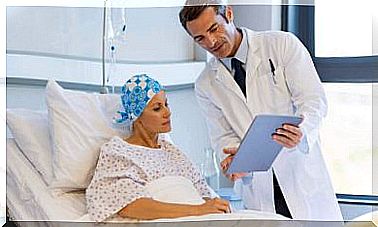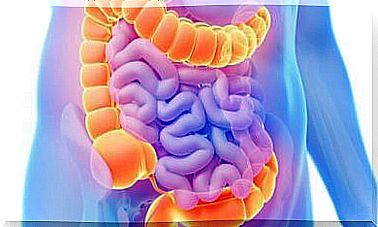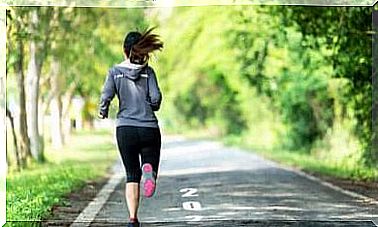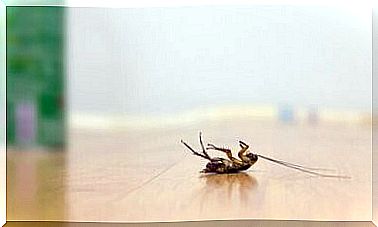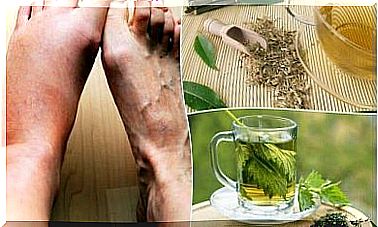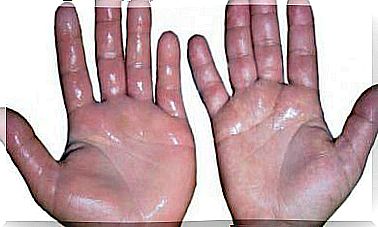Scoliosis In Women: A Widespread Problem
Women in particular suffer from this pathological curvature of the spine.
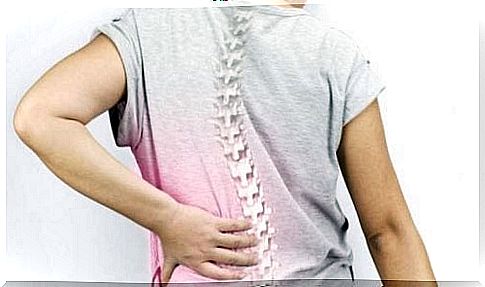
Scoliosis is a pathological curvature of the spine that is a widespread problem, especially among women. Many young people also suffer from this often congenital problem.
In most cases, traditional orthopedics can help and correct the misalignment. In our society, however, many women suffer from scoliosis as a result of creeping osteoporosis .
Menopausal women are often affected by misalignment of the spine. A clear C or S shape can be seen on x-rays. These curves are characteristic of the clinical picture.
These deformations are painful and lead to poor posture, some of which can be serious. The deformation can go so far that the spine sinks in or the pelvis protrudes to the side.
Fear of scoliosis is rarely discussed. Today we take a look at the symptoms and treatments.
Scoliosis affects women more often
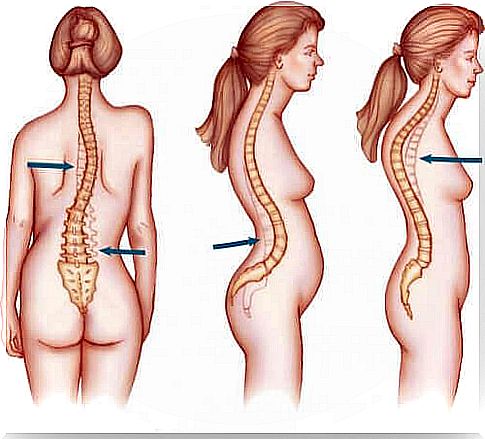
Congenital scoliosis affects girls slightly more often than boys. Even in adulthood, it is women who experience increased bone and joint problems. When the menopause begins, the risk of scoliosis is correspondingly higher.
These data were recently confirmed by a study by the John Hopkins Hospital published in the American Journal of Neuroradiology .
It also confirmed some other interesting assumptions. The majority of scoliosis cases are harmless. Only 17% are moderate or massive.
Why does scoliosis develop?
In adults we speak of degenerative scoliosis. This name already gives some indication of the origins and reasons for this deviation in the spine.
- Usually scoliosis appears in adults after the age of 65.
- In women, however, it can start as early as 40-50.
- This is related to menopause. It affects the quality, strength and resilience of bones and joints.
- Osteoporosis and osteoarthritis also affect the spine. The smallest joints in the spine are particularly affected.
What are the symptoms of degenerative scoliosis?
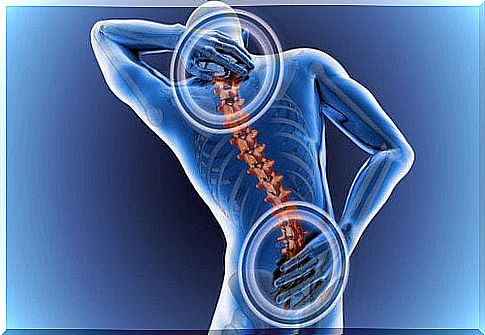
At first, the affected person does not notice much of this slight deformation. The deformation is often confused with disc problems. Gradually, however, numb skin and stabbing pain develop in the back. The hands and feet can also “fall asleep”.
In addition, the following complaints usually occur:
- Those affected often feel extremely exhausted.
- Some find it difficult to breathe.
- The pain is most intense in the morning and when sitting (in a resting position).
- All of these symptoms are most evident when the person can determine the deformation himself: the spine is out of place, one shoulder is lower than the other, a slight “hump” appears, they have become smaller …
Differentiate between childhood and degenerative scoliosis
In adolescents, scoliosis can occur between the ages of 10 and 18 years. We cannot always say with certainty why that is. In most cases, as mentioned earlier, scoliosis is congenital. The misalignment tends to increase by 1 to 2 degrees per year.
Treatment of scoliosis in adults
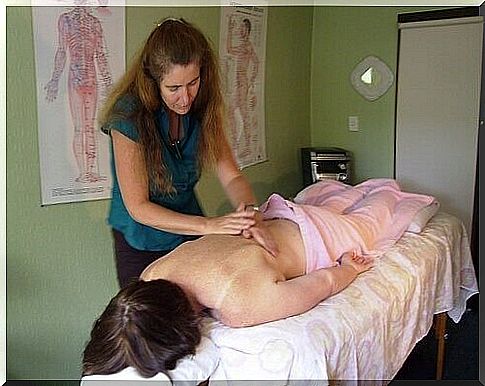
It is not always possible or advisable to undergo surgery. Other therapies are usually preferable.
Pharmacological treatment:
- There are many pain relievers available. These include, for example, the classic ibuprofen or paracetamol. Most importantly, they reduce inflammation in the joints.
- Another option is epidural syringes.
Physical therapy:
- There is a wide range of options here: conventional physiotherapy, water therapy, chiropractic … a combination of different methods can also be helpful.
It is best not to rely on a single treatment. If you have scoliosis and want to improve your quality of life, you should follow all advice from medical experts and doctors.
In this way you can use many new forms of therapy and strategies. A higher quality of life in the realm of what is possible is thus guaranteed.
